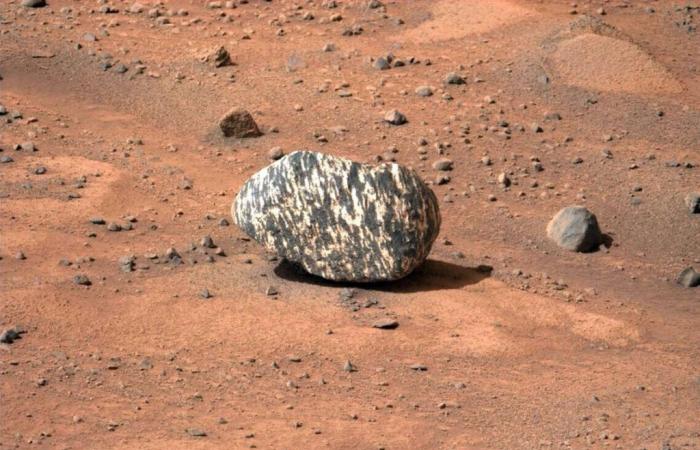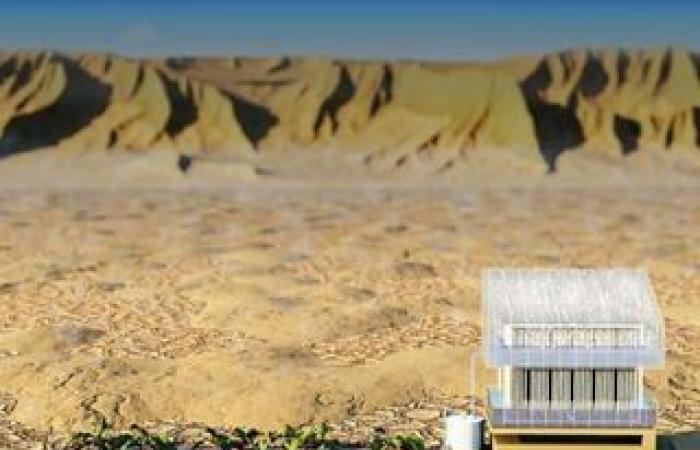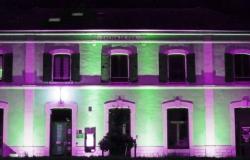According to NASA in Spanish, it has now been almost a month since the rover began climbing the steep slopes leading to the rim of the Jerezo crater, in search of ancient rocks that could tell us about the beginnings of Martian history. If these delicate slopes slowed down the initial ascent, the rover’s progress has improved considerably in recent days, because Perseverance traveled a flatter section.
From this vantage point, the rover can now spot landmarks dating from the early stages of the mission, such as the iconic “Kodiak” hill on the hazy horizon, filled with dust from nearby dust storms.
A unique rock with an unusual texture
As they drove across an unremarkable pebbled terrain, the team members, their eyes sparkling, spotted a distant cobblestone showing signs of an unusual texture in low-resolution Navcam footage, and named it “Freya Castle.” The team planned a multispectral observation using the Mastcam-Z camera to be able to take a closer look before leaving.
When this data was downloaded a few days after Perseverance left the area, it became clear how unusual the object was! The “Freya Castle” measures approximately 20cm wide and features a striking pattern with alternating white and black stripes. The internet has been filled with speculation about what this “zebra rock” could be, and we’ve enjoyed reading their theories!
The scientific team believes that this rock has a texture different from any previously observed in Jezero Crater, and perhaps even all of Mars. Our knowledge of its chemical composition is limited, but initial interpretations indicate that igneous and/or metamorphic processes could be the origin of its streaks.
How did the rock get there?
As the Freya Castle rock is a detached stone that is clearly distinguishable from the underlying bedrock, it is likely that it arrived here from another location, perhaps after rolling down a slope from a higher source. This possibility excites us and we hope that by continuing to climb, the Perseverance robot will find an outcrop of this new type of rock, which will allow us to take more detailed measurements.
The ‘Freya Castle’ rock is just the latest in a series of intriguing rocks discovered recently. Since the rover arrived near the crater rim, the team has noticed a greater variety of rocks, such as the diverse collection of boulders at “Mount Washburn.” Could these be the first glimpses of ancient rocks lifted from the depths by the Jezero impact, now exposed at the crater rim? Only the future will tell us…










